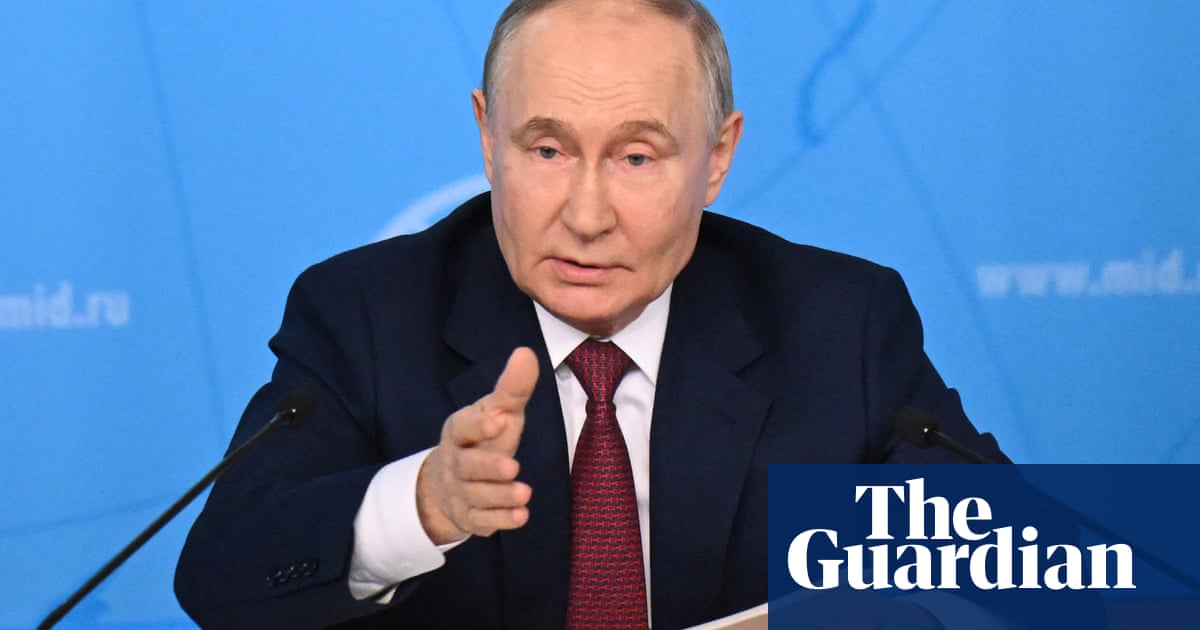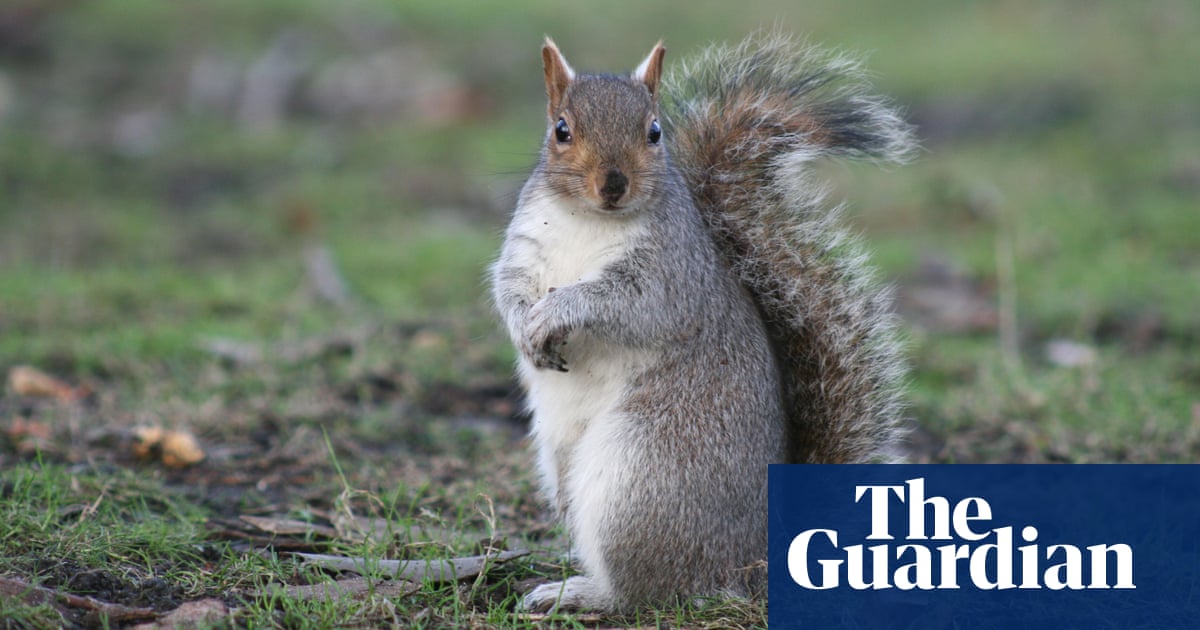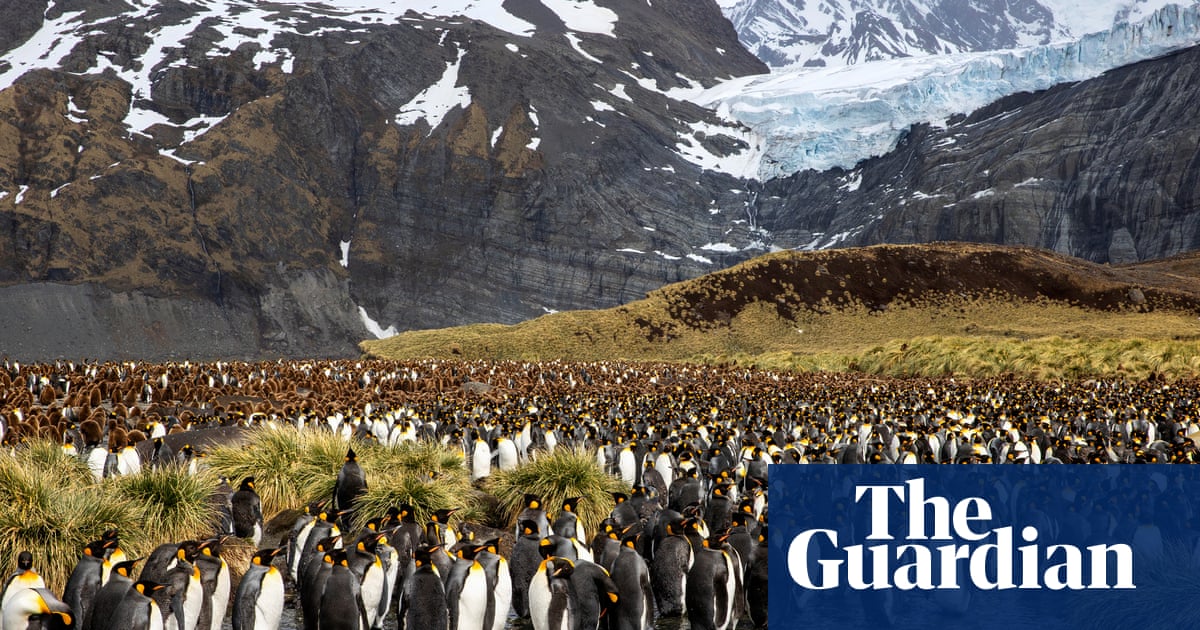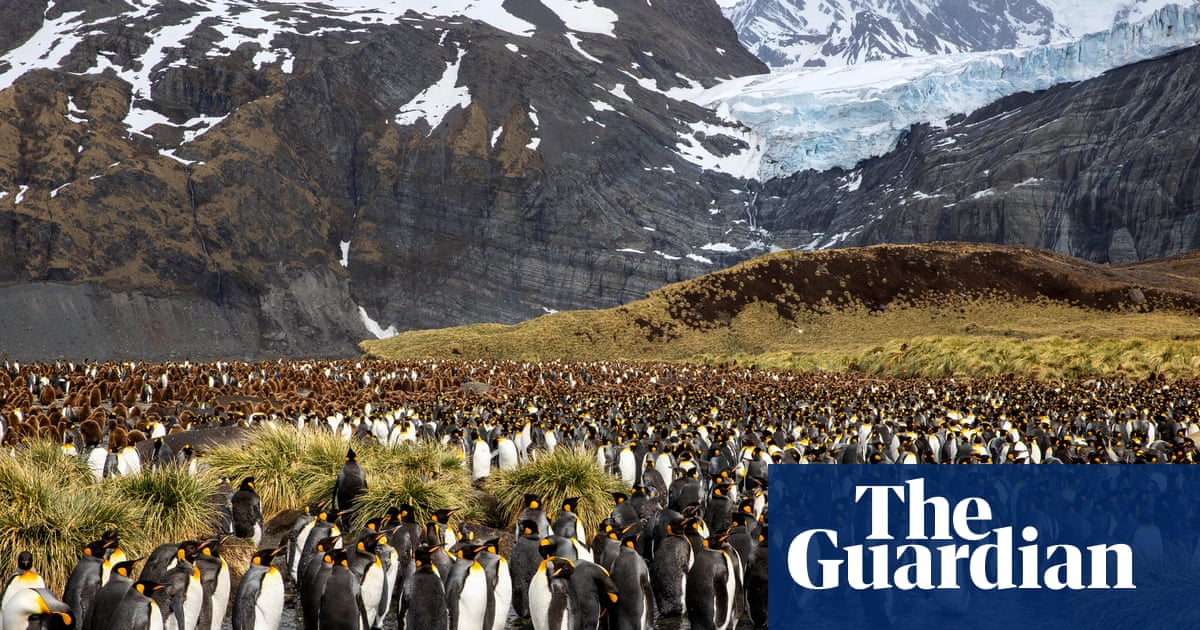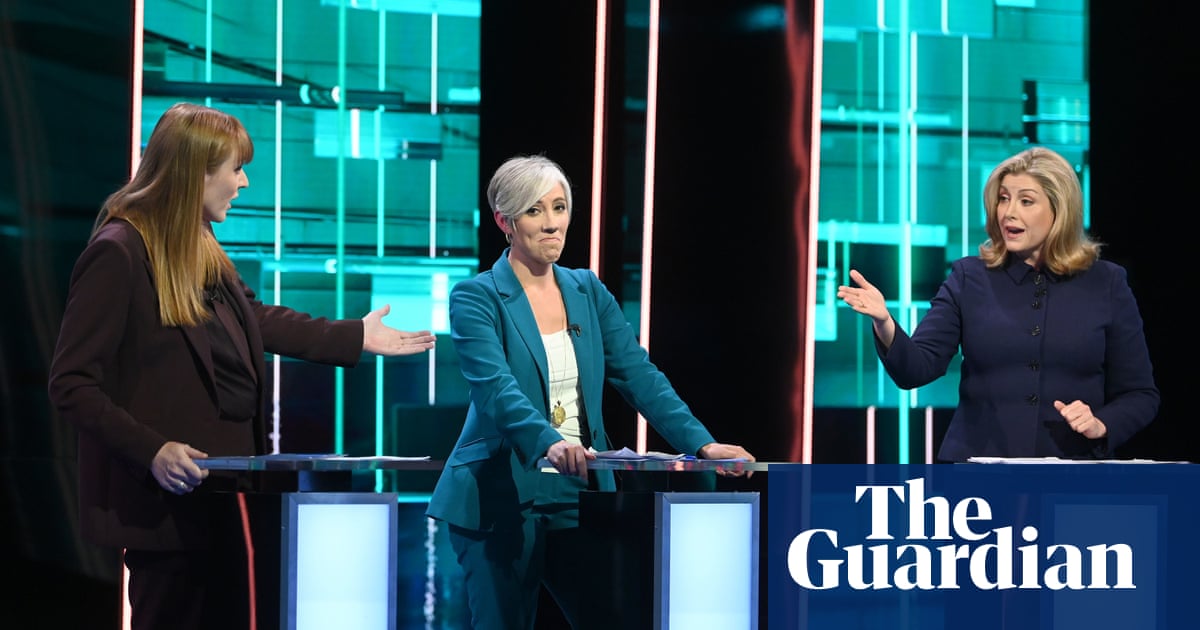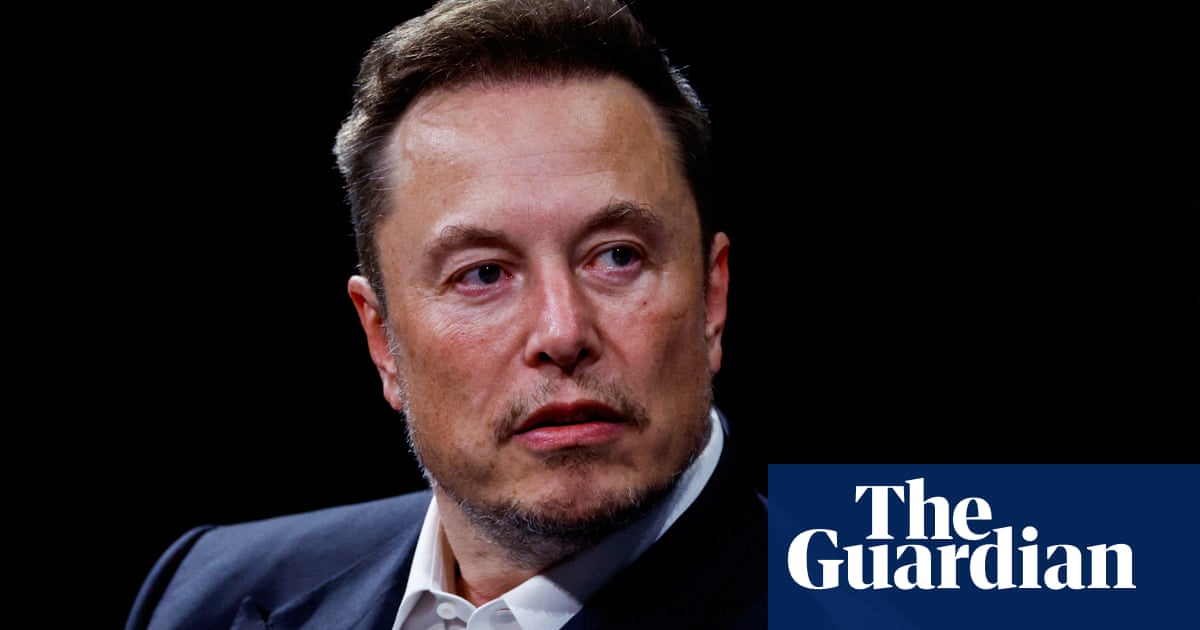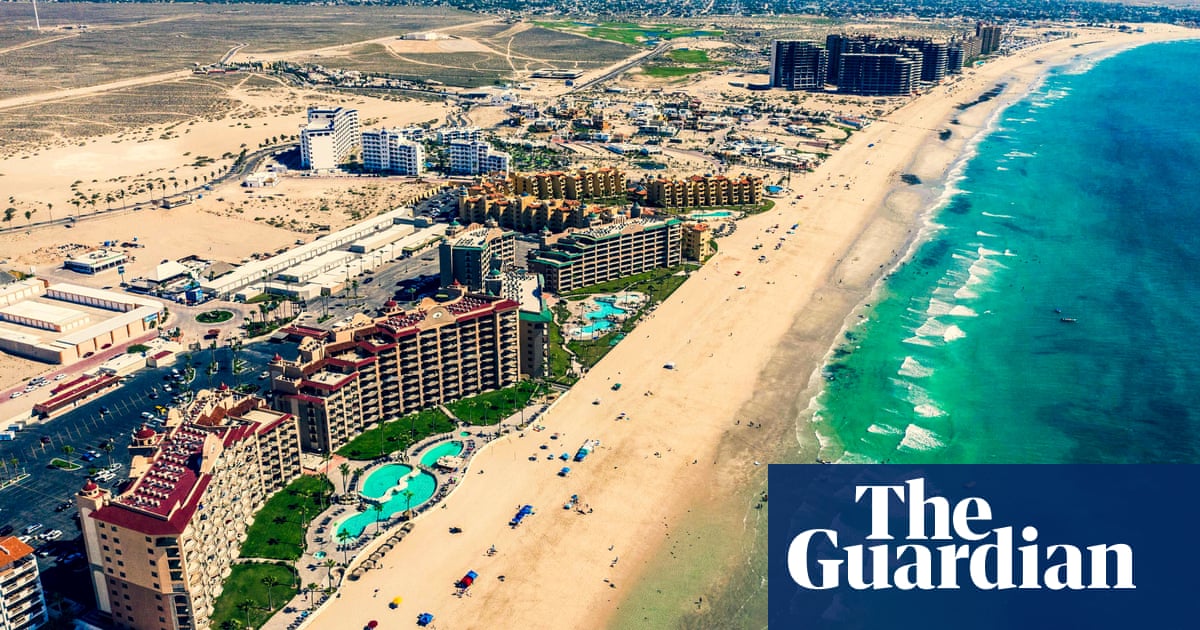Vladimir Putin has demanded that Kyiv cede more land, withdraw troops deeper inside its own country, and drop its Nato bid in order for him to end his war in Ukraine.
Putin’s fresh ceasefire demands were issued as envoys from more than 90 countries, including Ukraine, convene in Switzerland this weekend to discuss a western-led peace plan. Russia is not invited to the conference and the president’s remarks on Friday were likely to have been timed as a spoiler to that summit.
Speaking to diplomats at the Russian foreign ministry, Putin publicly updated his terms for ending the war in Ukraine for the first time since he launched a full-scale invasion in February 2022, when he demanded regime change in Kyiv and the country’s “demilitarisation”.
The US defence secretary, Lloyd Austin, said Putin was in “no position” to make demands on Ukraine and could end the war he had started “today if he chose to do that.” The Ukrainian president, Volodymyr Zelenskiy, said the offer could not be trusted and Putin would not stop his military offensive even if his ceasefire demands were met.
The new terms appear to be a nonstarter, as Putin staked out a maximalist position that included claims on land that Russia has “annexed” without holding under its military control. Putin demanded that Ukrainian troops leave the entire regions of Donetsk, Luhansk, Kherson and Zaporizhzhia and that they be declared Russian territory by international agreement, calling the issue “closed” for Russia.
“As soon as Kyiv says it is ready to make this decision, begins the actual pull-out of forces from those regions and formally declares the abandonment of its plans to join Nato, we will instantly, that very second, order a ceasefire and begin negotiations,” Putin said.
Putin also demanded that the west drop all financial sanctions against Russia as a precondition to a ceasefire. The US this week expanded sanctions on the Russian banking sector, currency trading on the largest Russian stock exchange, as well as chips and other technology. US Treasury officials said they were targeting the Russian financial infrastructure and access to third markets as Russia completed its “transition to a full war economy”.
The G7, which comprises the US, UK, Canada, France, Germany, Italy, and Japan, also agreed this week to use Russian sovereign assets frozen in the west as collateral for a $5bn loan package that would help keep Ukraine’s economy afloat in what had become a war of attrition against its Russian neighbour.
Putin on Friday decried the agreement as an attempt to provide “some kind of legal basis” for “theft”.
“Despite all the trickery, this theft will certainly remain a theft,” he told diplomats during the speech. “And it will not go unpunished.”
Ukraine and western countries were highly unlikely to agree to Putin’s terms. Kyiv has demanded that Russian troops leave its territory and that it return control over the 1991 borders, including the Crimean peninsula annexed by Moscow in 2014. Ukrainian officials quickly dismissed Putin’s remarks as a “complete sham”.
“Of course, there is no novelty in this, no real peace proposals and no desire to end the war,” wrote Mykhailo Podolyak, an adviser to the Ukrainian presidential administration. “But there is a desire not to pay for this war and to continue it in new formats. It’s all a complete sham. Therefore – once again – get rid of illusions and stop taking seriously the “[Russian proposals]” that are offensive to common sense.”
Podolyak interpreted Putin’s proposals as telling Ukraine to “give us your territories”, “give up your sovereignty and subjectivity”, and to “leave yourselves unprotected” by committing to a non-aligned status outside of Nato.
after newsletter promotion
The alliance’s secretary general, Jens Stoltenberg, rejected the conditions set out by Putin. “This is a proposal that actually means that Russia should achieve their war aims, by expecting that Ukrainians should give up significantly more land than Russia has been able to occupy so far,” he told reporters.
“This is a proposal of more aggression, more occupation and, and it demonstrates, in a way, that Russia’s aim is to control Ukraine.”
Boris Bondarev, a former Russian diplomat who resigned in 2022 in protest at the war, said Putin had “thrown a bone to a bunch of useful idiots” by giving lip-service to a peace process without fundamentally altering Russia’s negotiating position on the conflict.
Zelenskiy last November issued a 10-point peace plan that included stipulations that Russia leave Ukrainian territory and that a special tribunal be established to investigate war crimes.
Putin on Friday dismissed the forthcoming peace summit in Switzerland, saying it was “just another trick to distract everyone’s attention”.
“Without Russia’s participation, without an honest and responsible dialogue with us, it is impossible to reach a peaceful solution in Ukraine and in general on global and European security,” Putin said.
